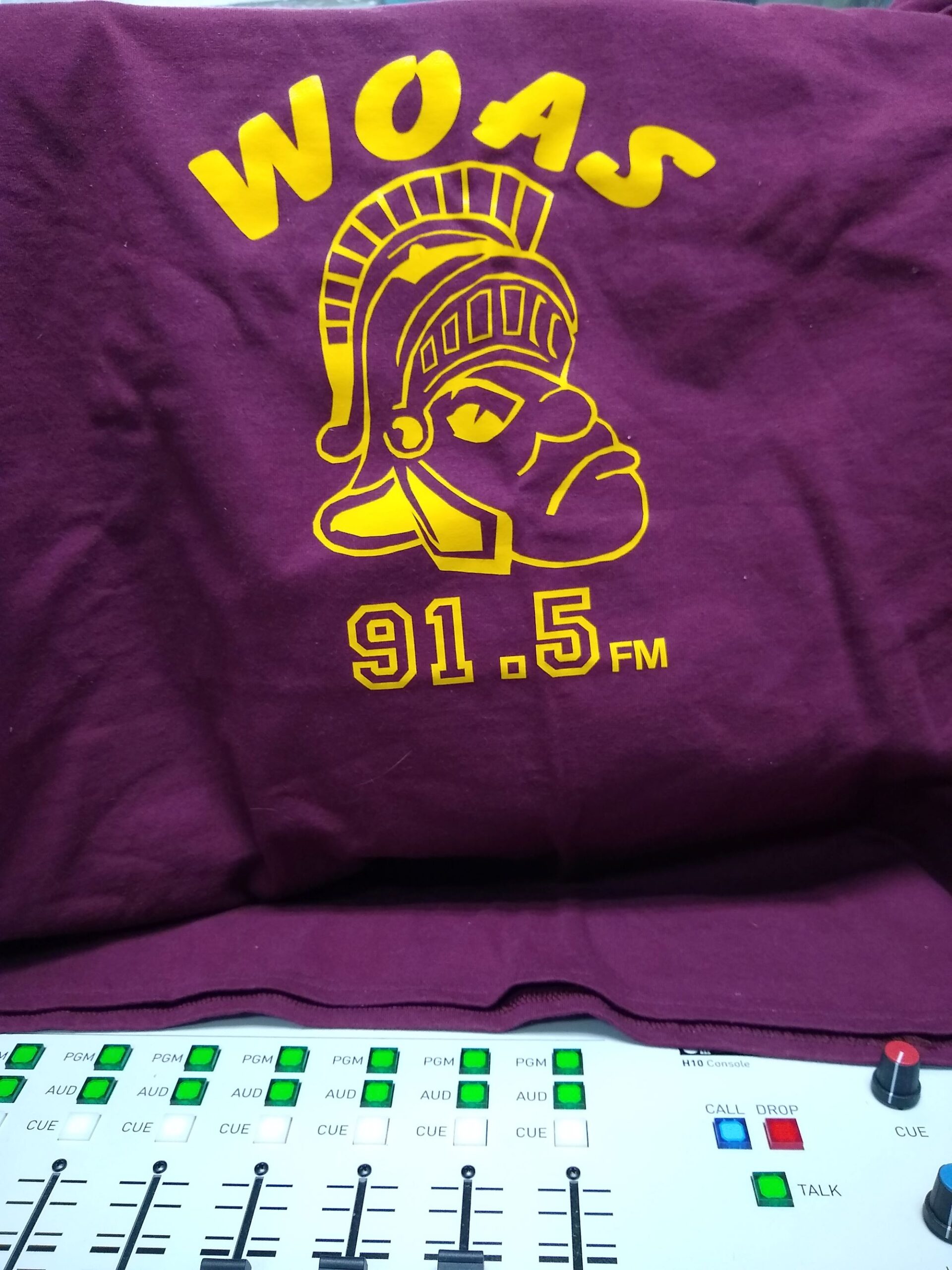AstroCal – April 2024
Mark your calendars for April 8, 2024 around 3:00 p.m. EDT. There will be a Total Solar Eclipse crossing the United States. The path of totality (the area where the entire disk of the Sun is obscured by the Moon) will stretch from central Texas to the Michigan/Ohio border and on to Maine. The rest of the contiguous USA (sorry Alaska and Hawaii) will see varying degrees of a partial eclipse, the percentage of which will be determined by one’s distance from the path of totality. Coverage for the Lake Superior shoreline starting in the Upper Peninsula of Michigan will be around 85 percent at Sault Ste. Marie, 75 percent near Ontonagon, and 70 percent at Duluth, Minnesota. CAUTION – NEVER look at the Sun without an APPROVED set of eclipse glasses or telescope filters! Permanent damage can be done to your eyes and if harmed, the retina of the eye does not heal like a normal cut or scrap of the skin.!
The next total solar eclipse for the United States won’t happen until 2033 when totality will touch parts of northwest Alaska. Montana and North Dakota will get their chance in 2044. A larger chunk of the USA will see another total eclipse in 2045. Odds are you won’t be marking these dates in your calendar quite yet. This Great American Eclipse will take place 146 years after the 1878 GAE that crossed the western states. The 1878 GAE was largely credited with kickstarting American scientific study and invention into high gear.
The eclipse will take place during the New Moon of the new cycle. The Last Quarter Moon of the previous phase cycle will take place on April 1 (no fooling). The First Quarter Moon of
the new cycle falls on April 15 followed by the Full Moon on April 23. April 19 will find the Moon at apogee when it will be 252,042 miles from the Earth. This year’s celebration of Earth Day will take place on April 22, the day before the Full Moon. Look for the first views of the Young Crescent Moon low in the WNW sky forty minutes before sunset April 9-11.
Mars and Saturn will be prominent in the hour before sunrise all month. Look near the horizon between E and ESE in the constellation of Aquarius, the Water Bearer. Binoculars may be helpful in spotting them as they are both shining at Mag +1.0. Mars will pass 0.5 degrees north of Saturn on April 10 making the pair a little easier to locate. Saturn will climb higher above the horizon faster than Mars, but not by much. By the end of April, the Ringed Planet will rise two hours before sunrise and the Red Planet will follow an hour later.
Evening planets this month will be clustered in the western sky. Jupiter will be the most conspicuous shining at mag -2.0 and will set three hours after sunset early in the month and one hour after sunset by month’s end. Uranus will be a much dimmer mag +5.6 and it will pass just 0.5 degres south of Jupiter on April 20. It will still be possible to find Mercury close to the horizon but it will completely disappear from view a few days after the beginning of April.
Our historical event for this AstroCal goes back to 1659-1665 as Christian Huygens was making observations of Saturn. Huygens realized the ‘appendages’ of Saturn he saw on either side of Saturn (sometimes referred to as ‘ears’) were actually rings. Huygens watched them disappear in 1665 and then reappear several years later. He realized he was seeing the edges of flat rings disappear from view when observed straight on. The rings only reappeared when the planet’s tilt brought them into view at a more oblique angle.
Compiled by Ken Raisanen of WOAS-FM – information provided by Abrams Planetarium Sky Calendar, Michigan State University. More information and subscription information can be found on their website at http://abramsplanetarium.org/skycalendar/ or on X (formerly Twitter) at http://twitter.com/AbramsSkyNotes. Yearly subscriptions cost $12 and can be started anytime.
Top Piece video – Iron Maiden perform TOTAL ECLIPSE live in 1982
